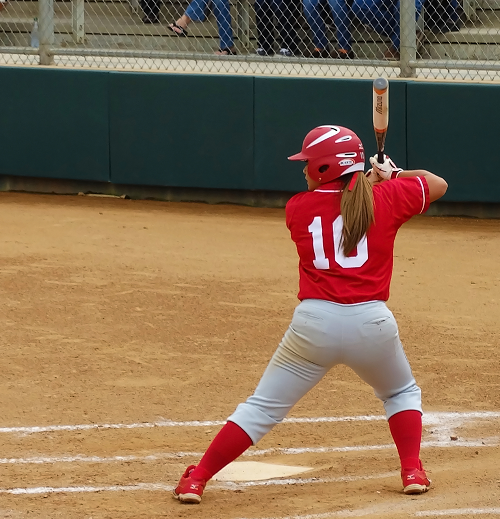
 Social: Facebook | Twitter | Instagram
Social: Facebook | Twitter | Instagram
The Sunflower Summer Collegiate Softball League (SSL), a new opportunity for college athletes to hone and showcase their skills, will begin play this summer. Commissioner Casey Walkup anticipates the SSL will bring nearly 100 student-athletes to South Central Kansas each summer.
The SSL will consist of six teams, with the opportunity for future expansion. Interest has been expressed to host games at facilities in Derby, Hutchinson, El Dorado, Valley Center, Goddard, and Wichita at both Newman and Wichita State University.
Established as a non-profit 501(c)3, the SSL will run for approximately four weeks, from June 17-July 17. The league’s six teams will have a roster of 16 players. The SSL plans a mixture of single-game and doubleheader formats, with all teams participating in a weekly showcase on Saturdays at Wilkins Stadium on the WSU campus.
Sports Destination Management: What made you decide to put together the league?
Casey Walkup: The country is saturated with summer baseball leagues. However, in softball, currently only one established league exists, and it resides in Florida. This is an opportunity for young women in our region to compete throughout the summer, and an opportunity for South Central Kansas communities to support women’s sports as well.
SDM: How many teams do you anticipate having?

SDM: How many games do you anticipate will be played?
Walkup: About 30 games over the course of 35 days. Games will be played on Tuesdays, Wednesdays, Fridays, Saturdays and Sundays. We’ll hold Mondays and Thursdays for off-days – or for makeup games if it rains. There will be a mixture of single games and doubleheaders.
SDM: That sounds like a compressed season. What is the reasoning behind it?
Walkup: I think a lot of the women like the idea of having time off right after school lets out, and again before it starts up, so that they can take vacations and be with their families.
SDM: Are you just seeing athletes from Kansas signing up?
Walkup: No, actually, we’re seeing athletes from all over the place: Kansas, of course, but also Nebraska, Oklahoma, Texas, Florida, California, Minnesota, Alabama, Georgia – even New York.
SDM: Where do the athletes stay if they are from outside the area, like the ones from other states?
Walkup: We are offering host families for the athletes who would like them.
SDM: Do women pay to play?
Walkup: Yes – we have opportunities for them to work if they’d like to offset some of the costs.
SDM: Will there be a playoff system or tournament at the end of the season?
Walkup: We’re planning our Family & All-Star Game/Home Run Derby Weekend. That will allow each team to play three games, plus the All-Star Game will be held. We think it will be a nice way for people to come and watch some softball and give the area an economic boost.

Walkup: There are some opportunities, outside of the national team. There is a brand-new league starting this summer, the Women’s Professional Fastpitch (WPF) and there is also Athletes Unlimited. There are also opportunities overseas.
SDM: But while they’re in college, they’re looking for every opportunity to keep playing. It sounds like you’ve really tapped into a market with a demand.
Walkup: Looking down the road, I see a lot of potential for growth. I believe ultimately, we’ll have anywhere from 10-12 teams in this area; the program could double in size over the next two to three years.

